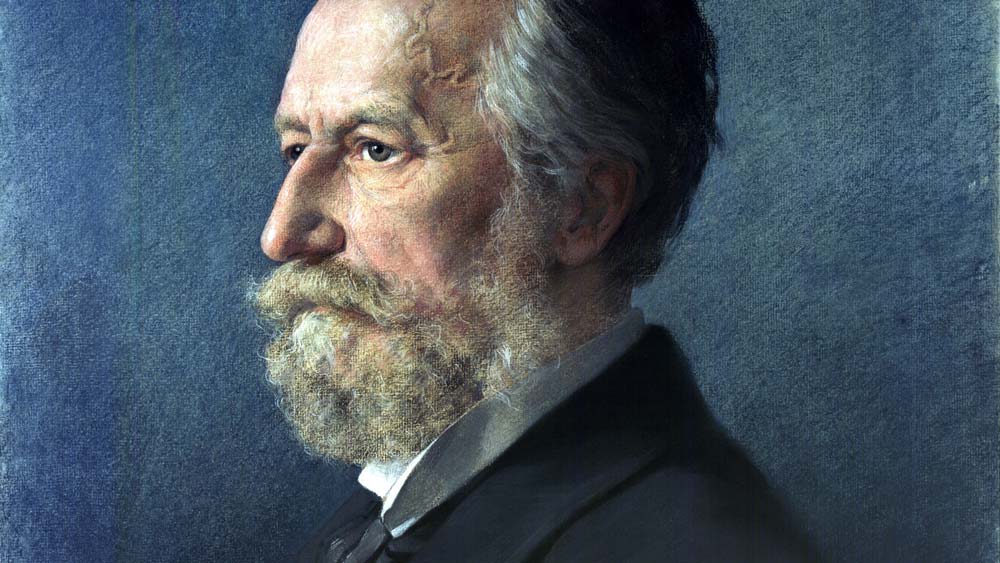
The first contact lens was made by German physiologist Adolf Fick in 1887. Fick’s lens was made of glass and was a so-called scleral lens because it covered the sclera, the white part of the eye. By 1912, another optician, Carl Zeiss, had developed a glass corneal lens, which fit over the cornea.
Two scientists, Obrig and Muller, introduced a plastic scleral lens in 1938. It was made of the material commonly known as Plexiglas. Because it was lighter than glass, the Plexiglas lens was easier to wear. The first plastic corneal lens was made by Kevin Touhy in 1948.
The contact lens is a device worn in the eye to correct vision, although some people wear colored contact lens to enhance or change their eye color. The thin plastic lens floats on a film of tears directly over the cornea. For some forms of eye disease, contact lenses correct vision better than conventional spectacles.
Many people prefer contact lenses over glasses for cosmetic reasons, and active sports enthusiasts prefer contact lens because of the freedom it provides them.
There are basically three types of lenses: soft, hard and gas-permeable.
Soft contact lenses are usually more comfortable to wear, but they also tear more easily than hard contact lenses. Hard lenses also tend to “pop” out more frequently. Gas-permeable lenses are a compromise between the hard and soft, allowing greater comfort than hard lenses but less chance of tearing than soft lenses. Contacts are usually worn during the day and taken out every night for cleaning.
Extended-wear lenses allow users to leave in their contacts for longer periods of time, even when they’re sleeping. More recently, one-a-day contact lenses are gaining popularity among lens wearers. These contacts are worn for only one day and thrown away, eliminating the hassle of cleaning them every night.


 Español
Español Deutsch
Deutsch